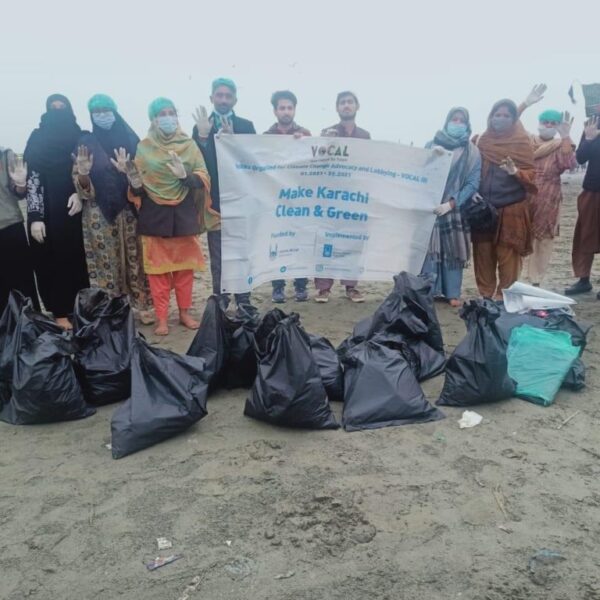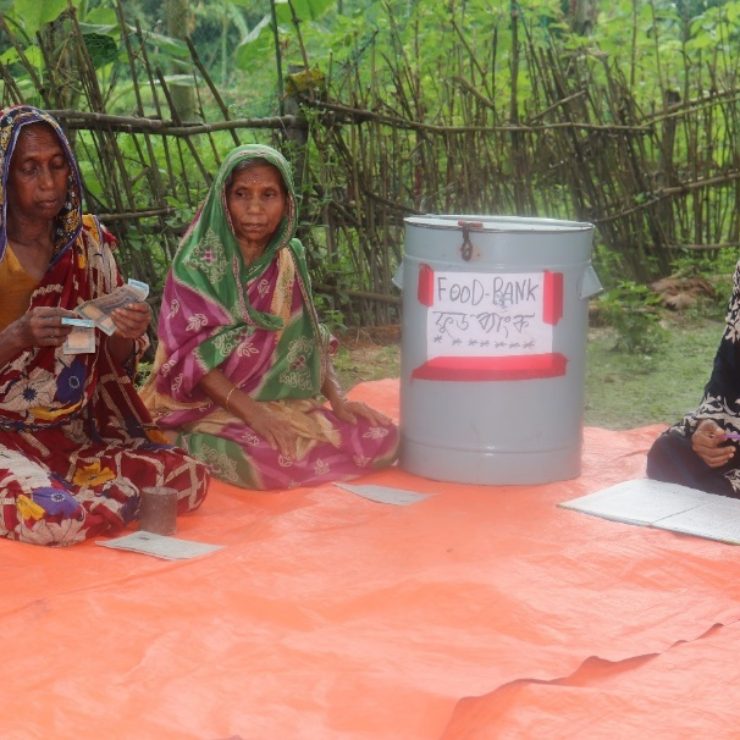Climate change action in Pakistan
Responding to climate change in Karachi
In Karachi, Pakistan, Islamic Relief is supporting communities that are particuarly vulnerable to the effects of climate change. In 2021 we educated communities on reducing their carbon footprint, building resilience against changing climate, and how to be better prepared for the future.
“Islamic Relief changed my mindset to understand how our communities are contributing to climate change, and the devastating impact this is having. Now I am part of a youth network established by Islamic Relief and work hard to reduce my carbon footprint, for example by reducing plastic useage and by recycling,” says Kanwal from Karachi. “I also hope to inspire my family members to help reduce their carbon footprint.”
We ran community sessions to raise awareness of climate change and resilience. We also brought farmers together in groups, training them in techniques that can withstand the changing climate. Altogether we helped nearly 30,000 people become better prepared in the face of the growing climate emergency. We are still working with the local government, think tanks and researchers to improve local plans to adapt to climate change.

Protecting Biodiversity in Azad Jammu and Kashmir

Climate change is causing natural disasters to become increasingly intense and frequent, with often devastating effects on the world’s poorest people. Azad Jammu and Kashmir is particularly vulnerable to climate change, so Islamic Relief is empowering local people to protect their environment and build resilience.
Focusing on increasing biodiversity, this year we worked with local governments to plant 67,000 wild trees. We have also established new fruit orchards to increase the variety of locally available fruits. The project constructed six new dams to help prevent homes, livestock and farmland from being inundated with water. It also introduced new bioengineering techniques focused on sustainable planting – eco-friendly plants were used to prevent soil being washed away, and to attract other plants and animals. Altogether, the project benefited over 16,000 peo


